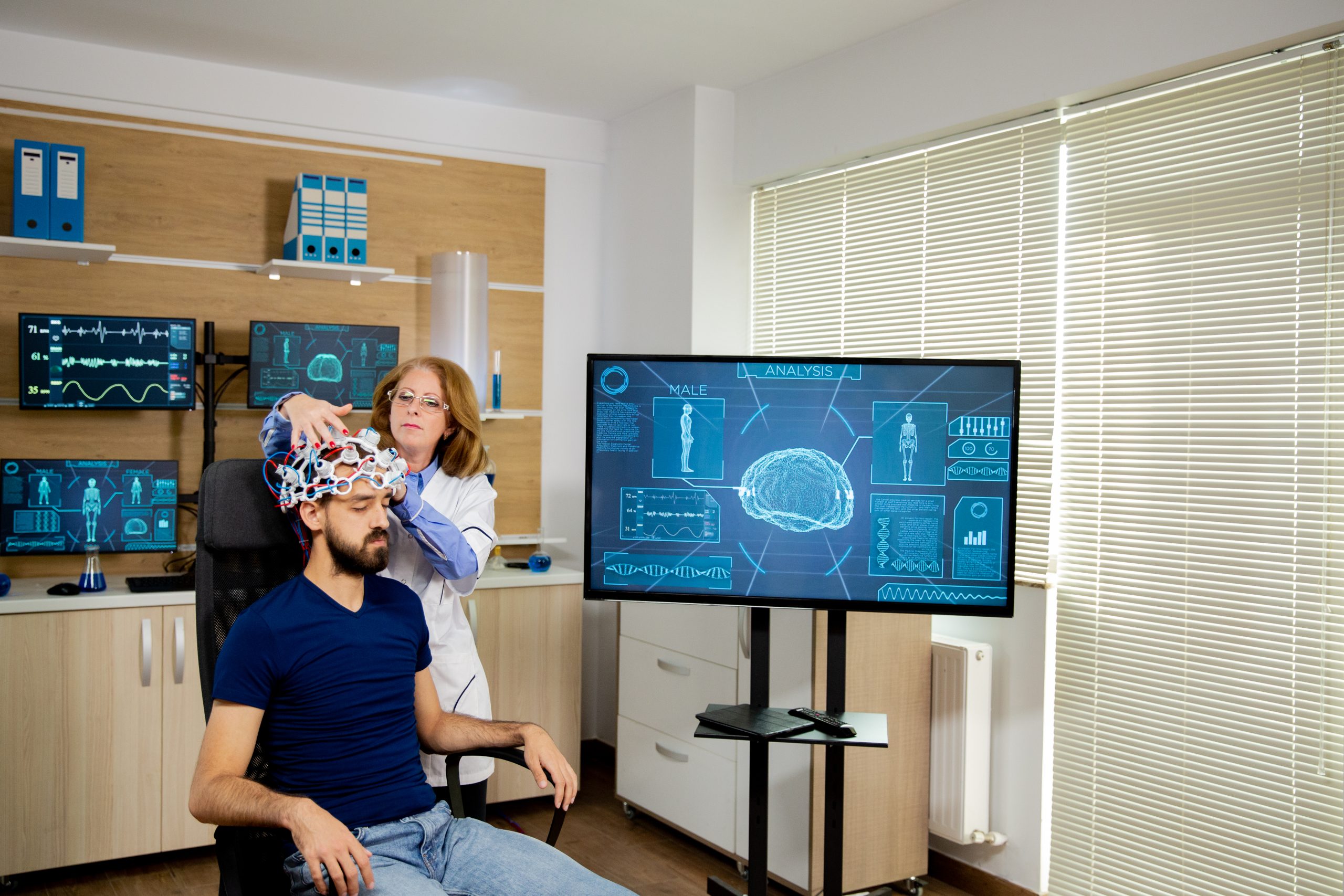Revealing the Secrets of the Mind Through Quantitative EEG Brain Mapping Techniques in Mental Health Evaluation
Comprehending the individual mind is a challenging endeavor, particularly when it pertains to mental health. Conventional approaches of assessment often rely on interviews and surveys, which can sometimes miss crucial aspects about how the mind functions. This is where qEEG brainwave analysis, or qEEG, comes into play. qEEG is a specialized method that assesses electrical signals in the brain. By analyzing these brainwaves, psychological health experts can gain valuable understandings into a individual's mental state, aiding to improve assessment and treatment.qEEG works by placing small sensors on the scalp to record neural signals. These sensors detect neural signals produced by nerve cells, the cells in the brain that interact with one another. The data collected is then processed and presented as a set of waveforms. Each type of neural wave—such as α, β, delta, and theta—relates to different mental states and activities. For instance, α waves are commonly linked with relaxation, while beta oscillations are linked to active cognition and issue resolution. By examining these patterns, clinicians can detect irregularities that may indicate mental health concerns.

One of the major benefits of qEEG is its capability to offer unbiased data. Unlike traditional evaluations that depend on personal accounts from patients, qEEG offers a distinct picture of brain activity. This clarity can assist reduce biases in diagnosis and lead to more precise intervention strategies. For instance, if a patient is experiencing stress, qEEG can show specific patterns of brain activity that are linked with stress conditions. This data allows mental health professionals to tailor interventions more efficiently, whether through therapy, medication, or other treatments.
Moreover, qEEG can be particularly useful in tracking intervention advancement. By conducting qEEG evaluations at various stages during therapy, clinicians can track changes in brain activity over time. This ongoing evaluation helps ascertain if a treatment is effective or if adjustments are required. For instance, if a client is not reacting to a specific treatment, qEEG may show that their brain activity has not changed in a way that indicates improvement. This response loop can result to biofeedback techniques for anxiety more personalized and effective mental health care.
In conclusion, qEEG brain mapping is a powerful tool in the field of mental health assessment. By providing objective data about brain function, it improves the comprehension of different psychological health disorders. This method not only assists in precise assessment but also assists in tracking intervention success. As psychological health professionals continue to explore the potential of qEEG, it holds promise for improving the lives of individuals facing mental health challenges. With continuous research and progress in technology, the mysteries of the brain may turn more apparent, resulting to better results for those in requirement of assistance.